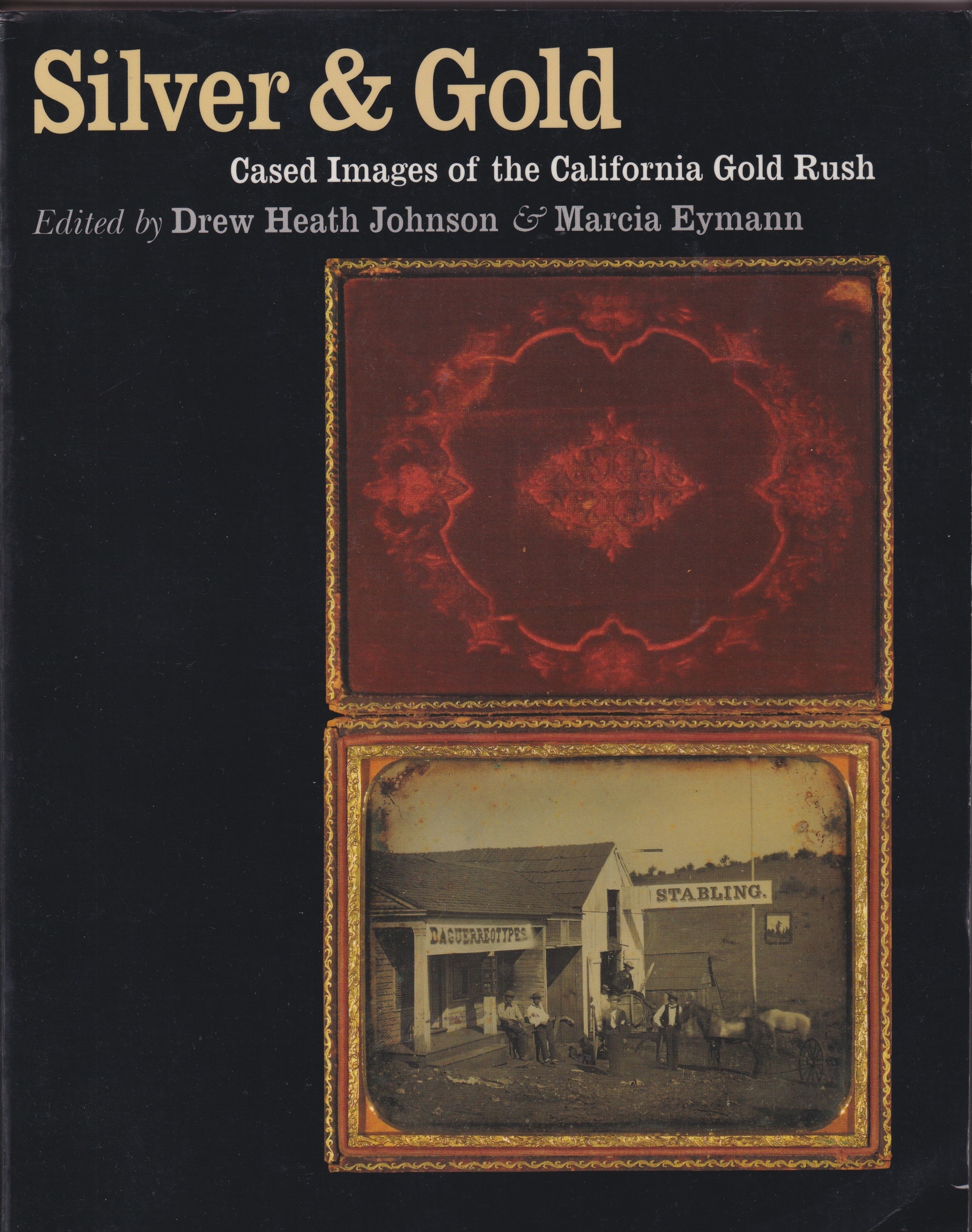The daguerreotypists who arrived in California in the 1850s were pioneers in their field, and their success in mastering their medium and capturing the excitement of the time defined photography during the Gold Rush era. Photography in America was not even ten years old when gold was discovered at Sutter's Mill, and the rush of miners was followed by a rush of daguerreotype practitioners; both crafts evolved together in this remarkable time. Silver and Gold, the first book-length treatment of the earliest major historical phenomenon to be recorded by the camera lens, presents more than 150 extraordinary daguerreotypes and ambrotypes, many never before published, from private and institutional collections across the country.
Silver and Gold includes works by Robert Vance, P. M. Batchelder, William Shew, Frederick Coombs, and W. H. Rulofson—images of native Californians and those who shared the land with them, memorable images of the men and women who sought their fortunes in the gold fields. Photographs from the mining communities reflect the miners' rough houses, sunburned faces, and makeshift clothes, capturing the isolation and determination of people working under difficult conditions far from home.
Essays by John Wood, poet and founding president of the Daguerreian Society; Peter Palmquist, independent scholar and curator in the field of photography; and Drew Johnson and Marcia Eymann, co-curators of the Oakland Museum exhibition that complements this volume, enhance these striking early images. In addition, annotations on the back of the photographs and written accounts of the experiences they record provide glimpses into the intentions of the photographers. Scholars and general readers of photography and western history will be fascinated by this record of the first major world event to be photographically documented.
